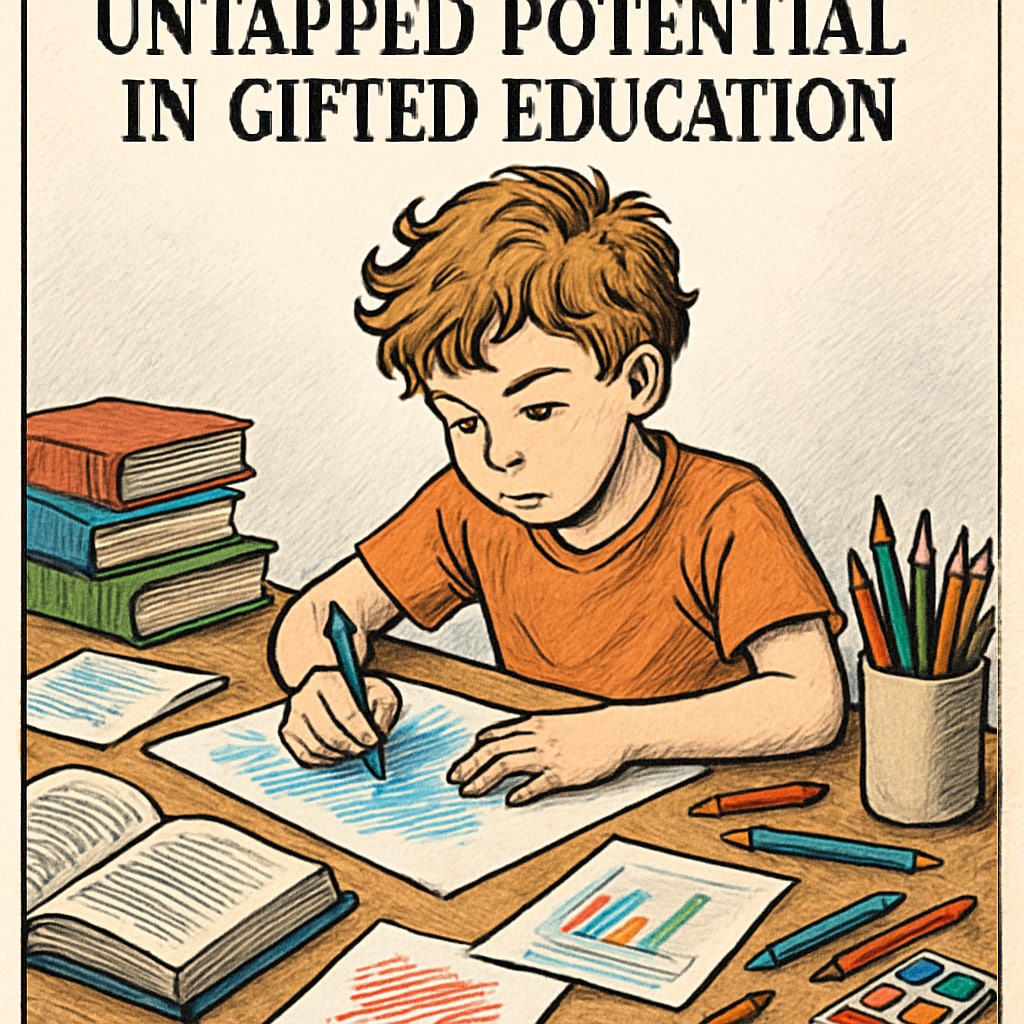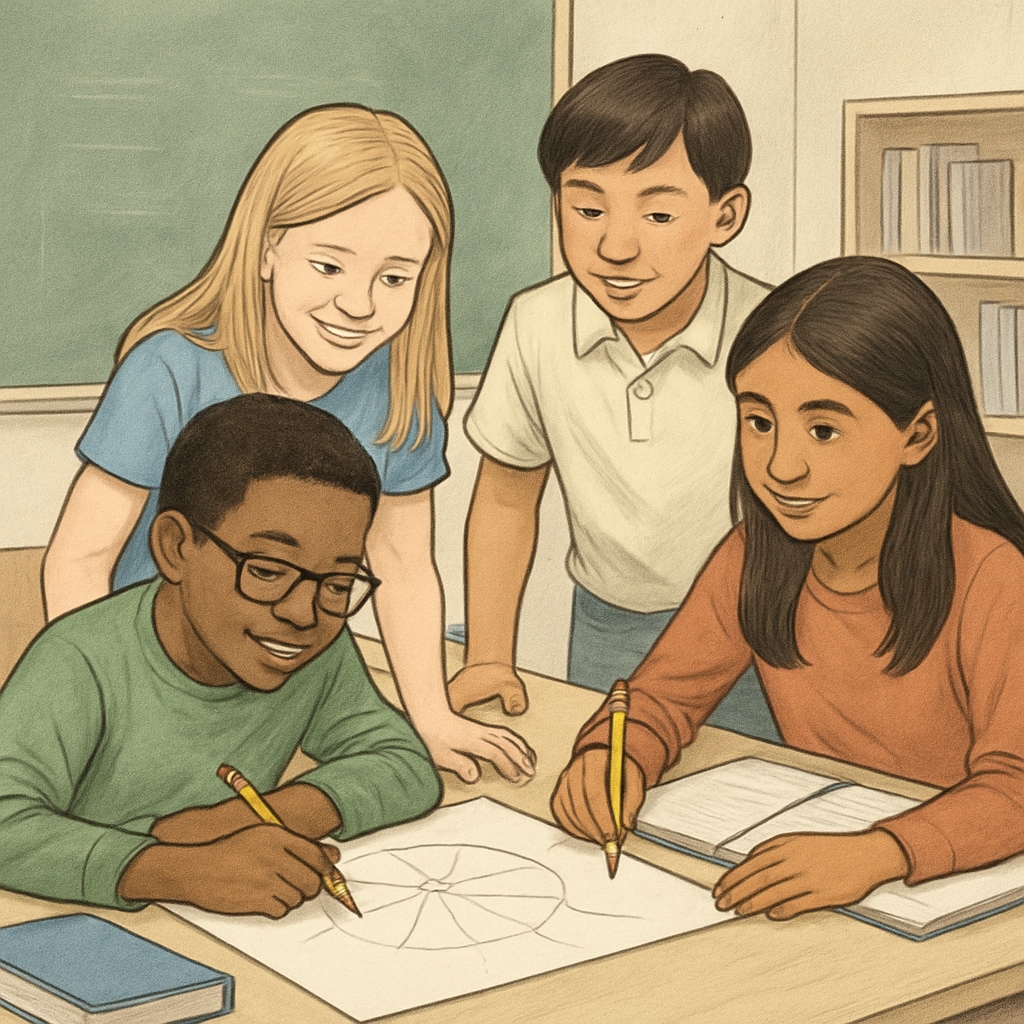Gifted education programs are designed to nurture the intellectual and creative abilities of exceptional students. However, the reliance on standardized testing to identify these students often overlooks high-potential individuals, particularly those with ADHD (Attention-Deficit/Hyperactivity Disorder). This issue highlights significant flaws in the current identification process and raises questions about how we can create a more inclusive and comprehensive system.
The Limitations of Standardized Testing in Identifying Talent
Standardized testing has long been the cornerstone of gifted education identification. These tests, which assess cognitive abilities, problem-solving skills, and academic performance, are considered efficient and objective. However, they are not without significant limitations. For example, students with ADHD often struggle with focus and time management, two critical factors in standardized testing. Their scores may not reflect their actual abilities, creativity, or potential for advanced learning.
Research has shown that the unique cognitive styles of students with ADHD may enable them to excel in areas such as divergent thinking and innovation. Unfortunately, these traits are rarely captured by conventional assessments. According to a study published in the Journal of Educational Psychology, many students with ADHD demonstrate “out-of-the-box” thinking, which is a key indicator of gifted potential but is often disregarded in standardized evaluations.

How ADHD Masks Giftedness
The behavioral characteristics of ADHD—such as impulsivity, hyperactivity, and difficulty maintaining attention—can often be misinterpreted as a lack of discipline or ability. These misconceptions may lead educators and parents to underestimate a child’s intellectual capabilities. As a result, students with ADHD may be excluded from gifted education programs that could help them thrive.
Additionally, the stigma surrounding ADHD further complicates the issue. Many educators are not adequately trained to differentiate between behavioral challenges and learning potential. A 2021 survey by the National Association for Gifted Children found that 60% of teachers felt unprepared to identify gifted students with coexisting conditions like ADHD.
Moving Toward an Inclusive Gifted Education System
To address these challenges, educational systems must adopt a more holistic approach to identifying gifted students. Here are some recommendations:
- Multiple Assessment Methods: Incorporate teacher observations, creativity tests, and portfolio reviews alongside standardized tests.
- Professional Development: Train educators to recognize the signs of giftedness in students with ADHD or other special needs.
- Universal Screening: Implement screening processes that include all students, rather than relying on referrals or nominations.
- Focus on Strengths: Shift from a deficit-based model to one that emphasizes a student’s unique abilities and talents.
These strategies not only benefit students with ADHD but also create a more equitable system for all learners. For example, the use of non-verbal intelligence tests has been shown to reduce cultural and linguistic biases, ensuring a broader range of students are considered for gifted programs.

Conclusion: Recognizing and Nurturing Overlooked Talent
The intersection of gifted education, ADHD, and standardized testing reveals a pressing need for reform. By relying too heavily on conventional metrics, we risk overlooking students whose potential lies outside the traditional mold. These students—often creative, innovative, and uniquely talented—deserve opportunities to excel in environments that recognize and nurture their strengths.
As educators, parents, and policymakers, we must advocate for a gifted education system that is as diverse and dynamic as the students it aims to serve. Only then can we ensure that no gifted child is left behind, regardless of their learning differences or challenges.
Readability guidance: This article uses short paragraphs and lists to enhance readability. Transition words like “however,” “for example,” and “in addition” are integrated to ensure smooth flow. Passive voice is minimized, and sentence length is carefully controlled for clarity.


